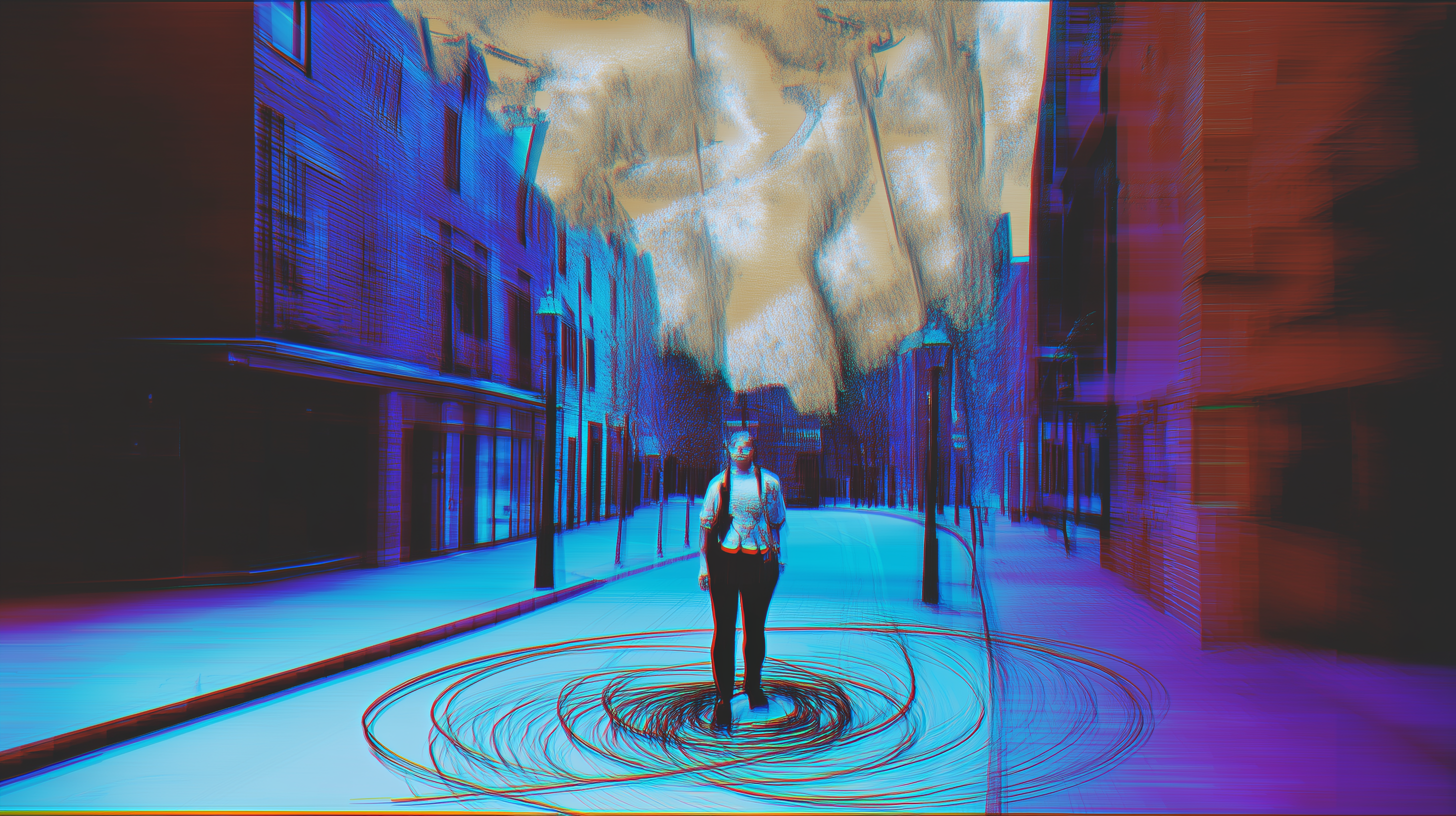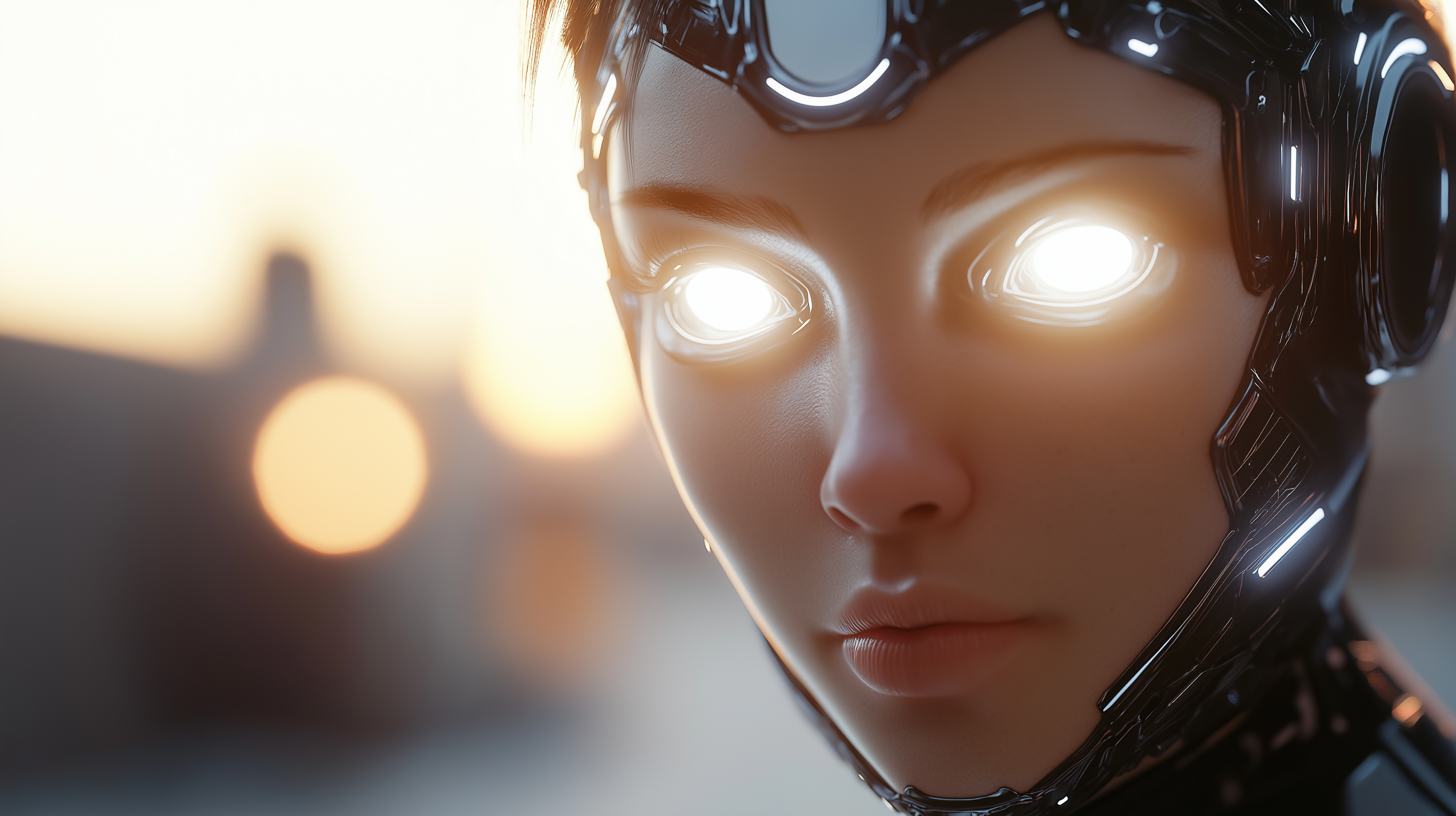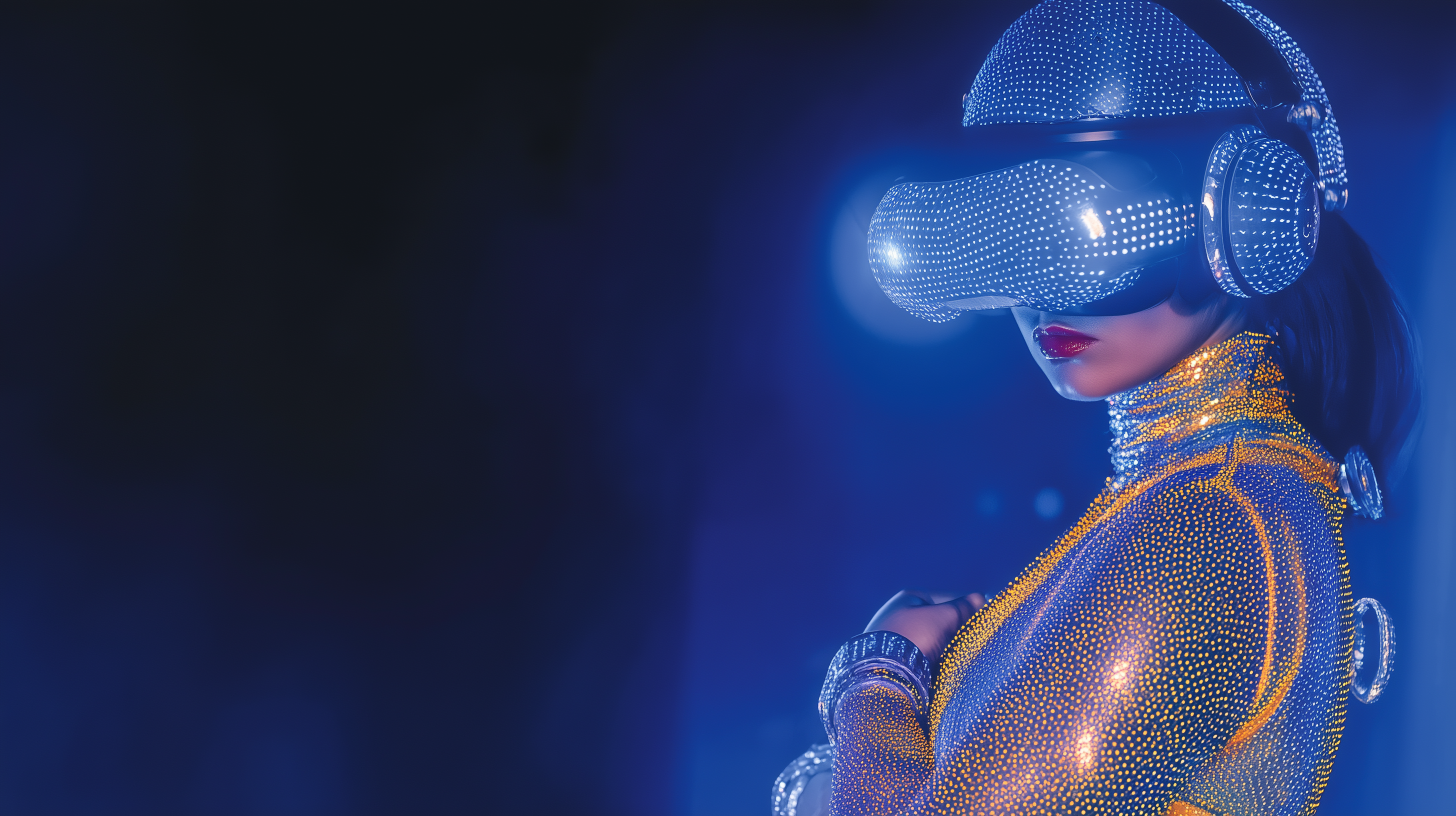
The Moment You Forgot Might Have Been Deleted on Purpose
Author: Isla Rey Some moments vanish quietly. You glance at the clock, it’s 3:12. You blink, stretch, check again and

By Sable Winters In recent years, artificial intelligence (AI) has made significant inroads into the world of art, sparking debates about its role in the creative process. Some argue that AI-generated art is a shortcut, an easy way for those without traditional skills to produce visually appealing work. However, this perspective overlooks the true potential […]
By Sable Winters
In recent years, artificial intelligence (AI) has made significant inroads into the world of art, sparking debates about its role in the creative process. Some argue that AI-generated art is a shortcut, an easy way for those without traditional skills to produce visually appealing work. However, this perspective overlooks the true potential of AI as a powerful tool that can enhance, rather than replace, the abilities of artists.
AI as a Tool for Artistic Enhancement
At its core, AI is a tool—much like a paintbrush or a camera. Its primary function is to assist, augment, and expand the creative capabilities of the artist. Historically, every technological advancement in art, from the invention of the camera to the development of digital painting software, has faced skepticism. Yet, these tools have become integral to artistic expression, enabling artists to explore new techniques and ideas that were previously unimaginable.
AI is no different. It offers artists the opportunity to push the boundaries of their creativity, allowing them to experiment with forms, colors, and concepts in ways that would be difficult or impossible to achieve manually. For instance, AI algorithms can analyze vast datasets of images, generating novel combinations and patterns that can inspire artists to think differently about their work. This doesn’t diminish the artist’s role; instead, it provides them with a broader palette of possibilities.
The Artist’s Hand in AI-Created Art
Critics of AI in art often suggest that it removes the “human touch” from the creative process. However, this viewpoint fails to recognize that AI-generated art is still fundamentally guided by human intention. The artist selects the parameters, chooses the data sets, and refines the output to match their vision. In this sense, the AI acts as an extension of the artist’s hand, helping to bring their ideas to life with greater efficiency and precision.
Moreover, AI can free artists from the more tedious aspects of their work, allowing them to focus on the conceptual and expressive elements that make their art unique. By automating repetitive tasks, AI enables artists to spend more time on refining their ideas, experimenting with new techniques, and honing their craft. This doesn’t equate to “cheating”—it’s akin to a writer using a thesaurus or a musician using a synthesizer. The end result is still a product of the artist’s creativity and skill.
How Artists Can Use AI to Enhance Their Abilities
Rather than viewing AI as a threat, artists should embrace it as a means to enhance their creative abilities. Here are a few ways that artists can leverage AI to push their craft forward:
Conclusion: The Future of Art in an AI-Driven World
As AI continues to evolve, its role in art creation will likely grow more prominent. But rather than replacing the artist, AI will serve as a valuable tool that can enhance and expand the creative process. Artists who embrace this technology will find themselves equipped with new ways to express their ideas, explore uncharted territories in their work, and ultimately, create art that resonates on a deeper level.
In the end, the essence of art lies not in the tools used but in the vision and creativity of the artist. AI is just the latest in a long line of innovations that, when used wisely, can elevate the artist’s craft to new heights. By embracing AI, artists can unlock their full potential, using technology not as a crutch, but as a catalyst for creativity.

Author: Isla Rey Some moments vanish quietly. You glance at the clock, it’s 3:12. You blink, stretch, check again and

Author: Isla Rey Abstract Coincidences, those improbable alignments of events that seem too precise to be mere chance, have long